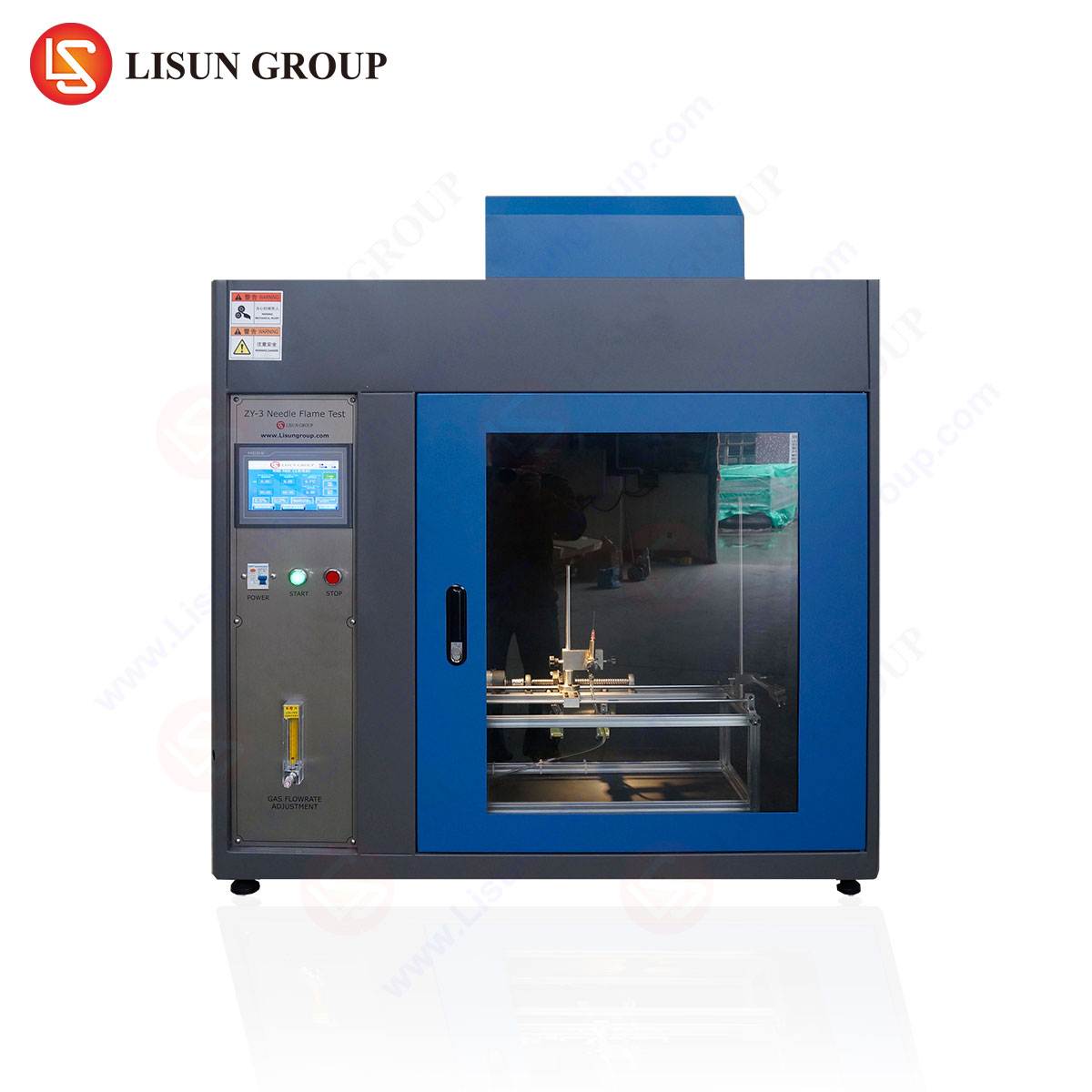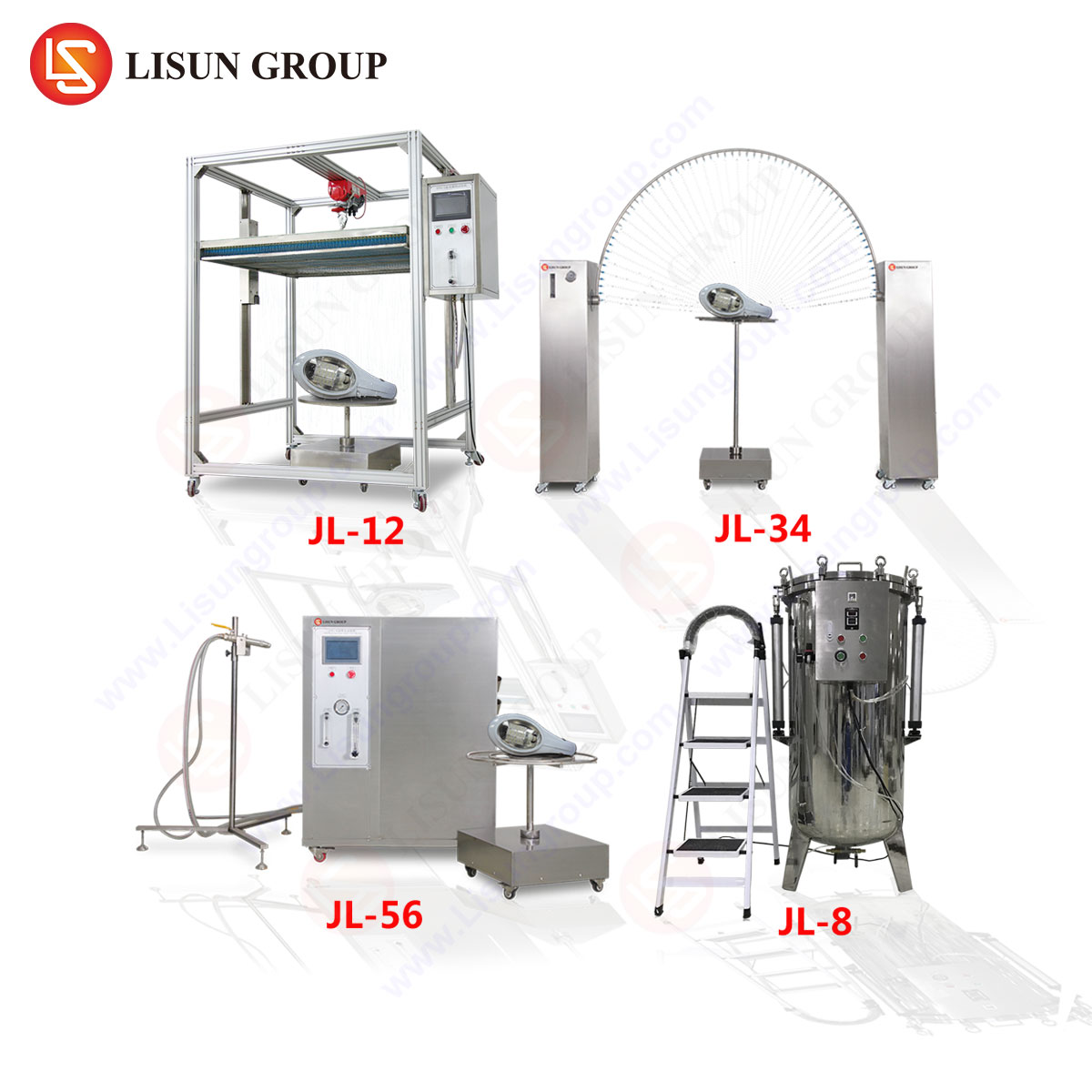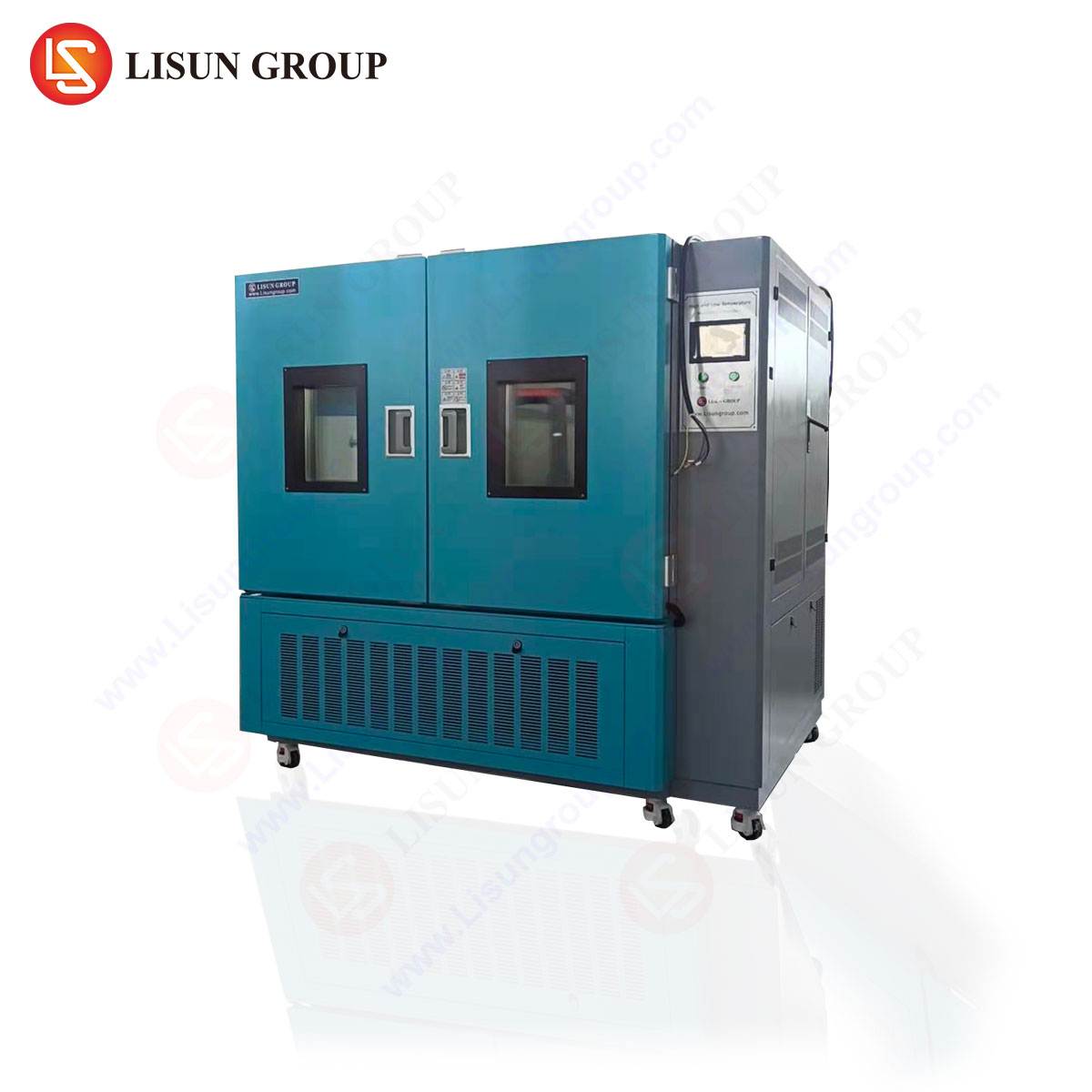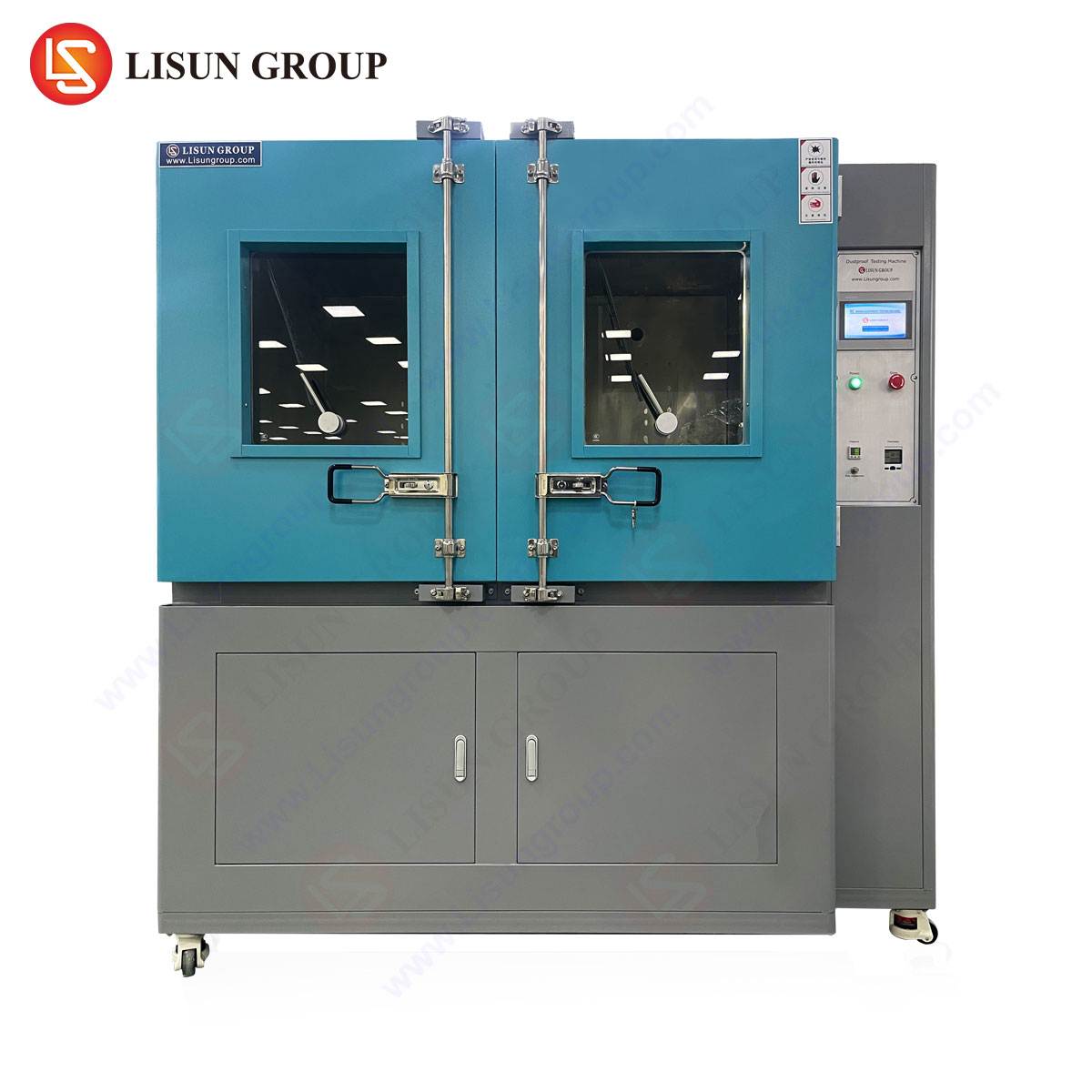Factors Influencing Environmental Chamber Pricing
The cost of environmental chambers varies significantly based on technical specifications, construction materials, and compliance with industry standards. Key determinants include temperature range, humidity control accuracy, chamber volume, and additional functionalities such as rapid thermal cycling or integrated data logging. High-performance models, such as the LISUN HLST-500D Thermal Shock Test Chamber, incorporate advanced heat transfer mechanisms and precision sensors, increasing their price relative to basic climatic testers.
Material selection also impacts pricing—stainless steel interiors and reinforced insulation improve durability but elevate manufacturing costs. Compliance with IEC 60068, MIL-STD-810, and ISO 16750 further influences pricing due to rigorous validation requirements. For industries like aerospace and automotive electronics, where extreme condition testing is mandatory, premium chambers with extended operational limits command higher valuations.
Technical Specifications of the HLST-500D Thermal Shock Test Chamber
The HLST-500D is engineered for rapid transition testing between extreme temperatures, simulating sudden environmental shifts encountered in real-world applications. Its specifications include:
- Temperature Range: -65°C to +150°C
- Transition Time: ≤15 seconds (air-to-air)
- Internal Volume: 500 liters
- Cooling Rate: 5°C/min (from +25°C to -65°C)
- Heating Rate: 5°C/min (from +25°C to +150°C)
- Compliance Standards: IEC 60068-2-14, GB/T 2423.22
The chamber employs a dual-zone design, segregating high and low-temperature sections to minimize thermal lag. This ensures precise adherence to test protocols for automotive electronics, telecommunications equipment, and aerospace components, where thermal resilience is critical.
Testing Principles and Operational Methodology
Thermal shock testing evaluates material integrity under abrupt temperature variations. The HLST-500D utilizes a basket transfer mechanism, rapidly moving test specimens between hot and cold zones. This process identifies failures such as:
- Microcracking in solder joints (common in PCB assemblies)
- Delamination of composite materials (critical in aerospace components)
- Seal degradation in automotive sensors
The chamber’s PID-controlled heating and liquid nitrogen-assisted cooling ensure repeatability, a necessity for medical device validation and military-grade electronics certification.
Industry-Specific Use Cases for Environmental Chambers
Electrical and Electronic Equipment
Manufacturers of industrial control systems and power distribution units rely on thermal shock testing to verify component endurance. The HLST-500D accelerates failure detection in relays and connectors, reducing field failure rates.
Automotive Electronics
Automotive suppliers test ECUs, infotainment systems, and LiDAR modules under ISO 16750-4 thermal cycling mandates. The chamber’s rapid transition capability mimics engine bay conditions, ensuring reliability in sub-zero winters and desert heat.
Lighting Fixtures and Consumer Electronics
LED drivers and smart home devices undergo thermal shock to assess lumen maintenance and solder joint fatigue. The HLST-500D’s precision ensures compliance with ENERGY STAR and IEC 60598 standards.
Competitive Advantages of the HLST-500D
- Energy Efficiency: Optimized refrigeration circuits reduce power consumption by 20% compared to conventional models.
- Modular Design: Facilitates maintenance and component replacement, minimizing downtime.
- Real-Time Data Logging: Integrated RS-485 and Ethernet ports enable remote monitoring for telecommunications equipment validation.
Pricing Breakdown by Chamber Type and Capacity
| Chamber Type | Volume Range (L) | Approximate Price Range (USD) | Primary Applications |
|---|---|---|---|
| Benchtop Humidity Chambers | 50–150 | $5,000–$15,000 | Small PCB assemblies |
| Walk-In Stability Chambers | 1,000–5,000 | $50,000–$200,000 | Pharmaceutical storage |
| Thermal Shock Chambers | 100–1,000 | $25,000–$120,000 | Aerospace, automotive |
The HLST-500D occupies the mid-to-high tier, priced competitively at $45,000–$65,000, depending on customization.
FAQ Section
Q1: What is the minimum dwell time achievable with the HLST-500D?
The chamber supports dwell times as brief as 5 minutes, though most standards recommend 10–30 minutes for thorough stabilization.
Q2: Can the HLST-500D test explosive or pressurized components?
No. The chamber is not rated for explosive atmospheres. For pressurized testing, a specialized IP67-rated environmental chamber is required.
Q3: How does liquid nitrogen cooling compare to mechanical refrigeration?
Liquid nitrogen enables faster cooling rates (sub-60°C in minutes) but incurs higher operational costs. Mechanical systems are slower but cost-efficient for long-duration tests.
Q4: Is the HLST-500D compliant with JEDEC thermal cycling standards?
Yes, it meets JESD22-A104 for semiconductor reliability testing.
Q5: What maintenance intervals are recommended for the HLST-500D?
Bi-annual inspections of seals, sensors, and refrigeration lines are advised, with lubrication of transfer mechanisms every 1,000 cycles.







